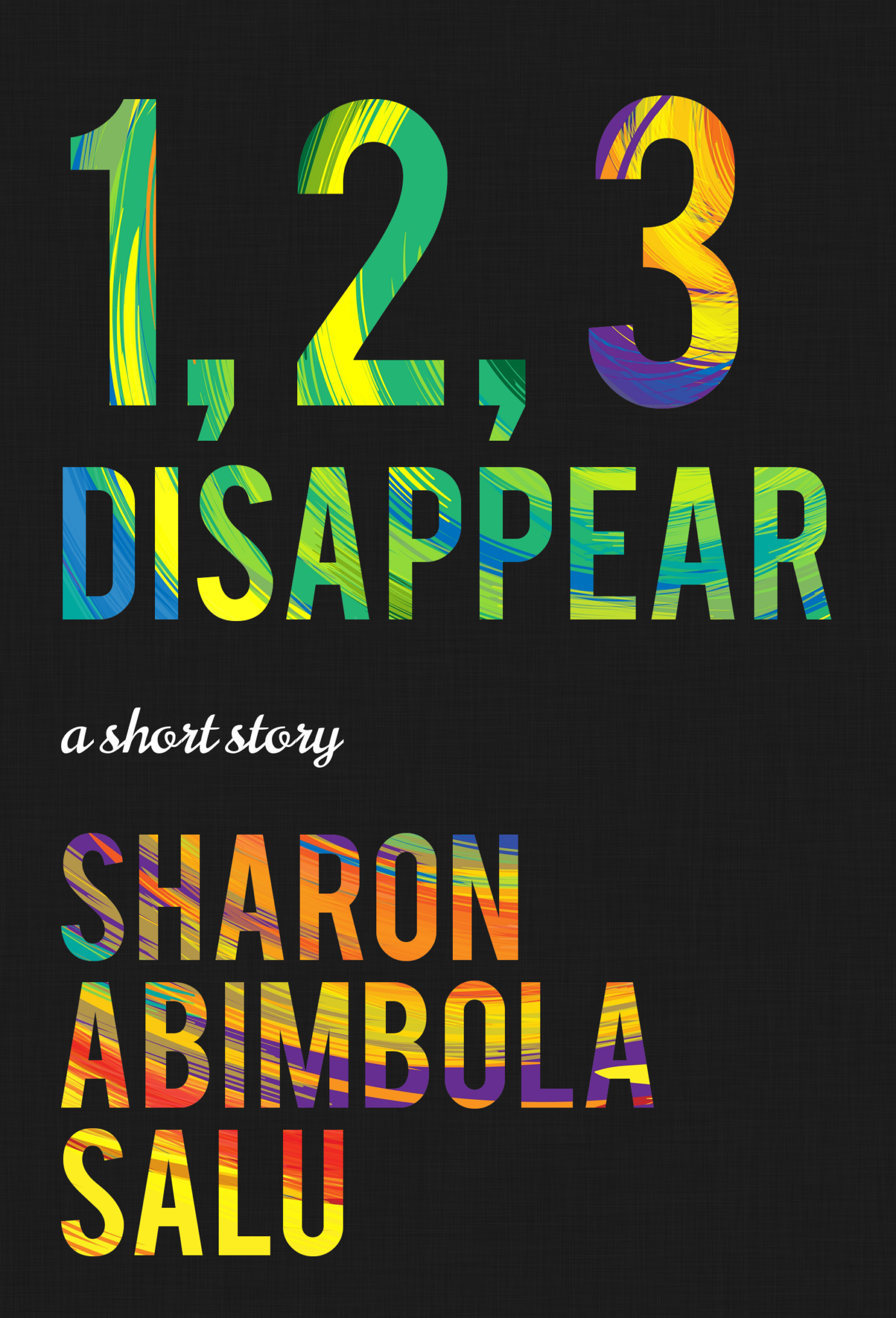This was not the first time Dotun had seen a creature like this. He was aware of two major reasons people kept such animals: as pets, and for food. However, what astonished him was that this man in Sabo market was not using this animal for either of those purposes. Instead, from what he could see, this man had turned the baboon into a money-making machine. Whether the baboon objected to the debasing things it was asked to do, Dotun could not tell, because it was impressively obedient.
Wearing a short light pink skirt, that looked like it had once belonged to a little girl, and like it was in dire need of soap and water therapy, the baboon jumped up and down doing everything the man commanded. Strange enough – perhaps, it was not so strange in their world – the baboon understood Yoruba, and some other languages, because the commands the man shouted at it were not given in English alone.
“Oya dance Daddy Showkey for dem!” the man yelled, and the baboon standing on its two legs began to do an impressive imitation of the dance move that was sweeping across the nation, which some people had dubbed “garage dance.”
One of the men in the crowd actually leapt out and joined the baboon in its weird dance, and the crowd cheered. A boy of about 15, wearing what could only be described as rags, wove in and out of the happy crowd, collecting money for the show they were enjoying. He also helped himself to the contents of people’s pockets and purses, as they stood there gaping in wonder at the skirt-wearing, garage-dancing baboon.
The man who owned the baboon was one of those men who have travelled the continent and have studied the psychology of men to an advanced degree. When he noticed that the crowd was getting bored with one routine, he would quickly switch to another one that was more mesmerizing than the last one. After several rounds of the much-acclaimed dance move, he laid a long, narrow red piece of cloth on the floor and announced that Miss Universe was going to cat-walk down the red carpet. He was not joking.
Shouting a few commands to the baboon in another language, one that Dotun was not familiar with, the creature got on its legs again, standing upright, and began to walk slowly on the red carpet. The crowd cheered loudly, mostly in disbelief. Who could have imagined that a primate could cat-walk so beautifully? But that was not all.
After taking a few steps forward, the creature paused briefly turned first to the left and then to the right, waved to the audience and continued walking gingerly. The crowd went wild with applause. The animal’s trainer must be a smart man, they told each other in loud voices. Of course, he heard them, but pretended to be engrossed in his performance, and kept a poker face. This was not the highlight of his performance. He kept that one in reserve until the time was right.
Within a few minutes of standing there on the front lines with the heavy basket on the floor in front of him, Dotun had learned the names of the trainer and his baboon. Everyone called the trainer Bade and the baboon was called Koko. Dotun felt sure that the trainer’s name was a short form of Ajibade, but he wondered about the name of the baboon. Was it derived from the cocoa fruit whose brown pods were the same shade as the baboon’s furry coat or was it a name in another language?
Dotun had no clue, but with each moment he spent there watching the various performances from Koko and sometimes from Bade, who was an acrobat in his own right, Dotun felt sure that he had discovered his future ambition: to become a performer just like Bade. There was something about the tall, lanky, slightly muscular Bade, which inspired admiration and respect from people.
He was shirtless, wearing several amulets and cowrie necklaces on his neck that reached all the way down to his belly button. His long trousers were made of a black and red ankara fabric with a pattern of pineapples and oranges repeated across it. Since he was under the sun, which on that Saturday had decided to beat down mercilessly, large beads of sweat rolled down his bald head, down the ridges of his back and disappeared under the trousers which clothed his lower half.
One would expect Koko to smell; he was an animal, after all. But Bade also had an unmistakable body odor which the spectators at the back were spared the horror of sampling. But Dotun, who was on the very front row, got more than a whiff of it, and it seemed to intoxicate him further. Dotun had fallen under this man’s spell and lost track of time as he watched him do what musicians and artistes did everyday: entertain.
When it looked like the baboon was getting tired of the show, evidenced by its reluctance to obey certain commands, Bade gave the animal some water to drink. As it lapped it up, he looked into the crowd, searching for one person. It was his accomplice. The boy gave him a signal that they both understood, and then in a loud voice, Bade made an announcement:
“All de tin wey me and Koko dey do na small tin o. Yes, de one wey e remain na de main, de main. Before I go do am, una go clap for us. Oya clap!”
And the crowd began to clap, reluctantly at first, and then slowly and surely, as Bade walked around the circle urging them to clap louder, they obliged. When he was satisfied with the clapping, he asked for perfect silence. Up to this point, Koko had a metal chain fastened to his waist. But Bade now removed that chain and allowed the animal to roam freely during its time in the spotlight.
Now that Koko had finished his performance, Bade fastened the chain back on Koko’s waist, and gave the other end of the chain to his accomplice, who had magically reappeared beside him. After getting a young woman from the crowd to come forward as a volunteer, he spoke to the crowd, telling them that he would take something belonging to her and make it disappear. So, with the crowd almost completely quiet and watching him closely, he took a beaded necklace from the neck of his volunteer and began to rub it between his fingers. As he did so, he would hold it close to his mouth and utter strange words into his cupped palms. Then without warning he yelled into the crowd:
“Say it after me, ‘1, 2, 3 … Disappear!’ ”
The crowd repeated those words after him, and sure enough after the 7th time, he held up his hands to the crowd: they were bare, and the necklace was gone.
At that point, some people became uncomfortable, and a few spectators actually left. But they did not leave completely. They went to bring more people to come and see this man’s magic trick.
Now that he had made the woman’s necklace disappear, the next step was to make it re-appear. This time, he asked for another volunteer from the crowd. A man who looked to be in his mid-thirties came forward and threatened to beat up the magician if he did not make the necklace re-appear. He was the young woman’s brother.
– to be continued –









